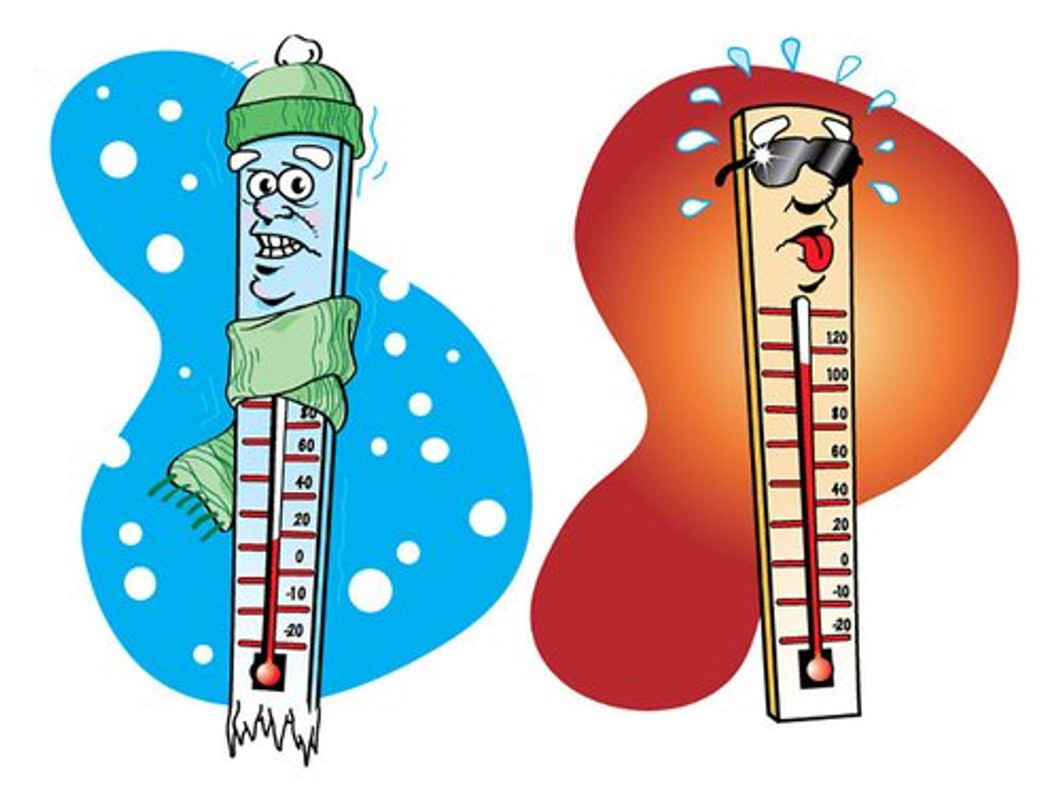Harnessing the Power of Hot and Cold Therapy for Recovery and Relief
When it comes to physical therapy and rehabilitation, few treatments are as versatile and effective as hot and cold therapy. From soothing sore muscles to reducing inflammation, these modalities offer a natural and accessible way to manage pain and support recovery. In this blog post, we'll explore the benefits of hot and cold therapy and how they can be utilized to enhance overall well-being.
Heat Therapy
Hot Therapy or Heat Therapy, also known as thermotherapy, involves the application of heat to the body. This can be achieved through various methods such as hot packs, warm towels, or even warm baths. The heat helps to increase blood flow, relax muscles, and alleviate stiffness and pain. Whether you're recovering from an injury or simply seeking relief from everyday aches and pains, heat therapy can provide significant benefits.
One of the key advantages of heat therapy is its ability to promote relaxation and improve flexibility. By increasing circulation to the affected area, heat can help muscles to relax and loosen up, making it easier to perform stretches and exercises. This can be particularly beneficial for individuals with chronic conditions such as arthritis or fibromyalgia.
At RehabTherapySupplies.com, you can find a variety of heat therapy products to suit your needs. From reusable hot packs to electric heating pads, there are options available to accommodate different preferences and treatment areas. Products like the Chattanooga Hydrocollator HotPac and the TheraTherm Digital Moist Heating Pad offer convenient and effective ways to incorporate heat therapy into your routine.
Cold Therapy
On the other end of the spectrum, Cold Therapy, or Cryotherapy, involves the application of cold to the body. This can be achieved through ice packs or even cold water immersion. Cold therapy works by constricting blood vessels, reducing inflammation, and numbing the area, which can help to alleviate pain and swelling.
Cold Therapy is particularly effective for acute injuries such as sprains, strains, or bruises. By applying cold to the injured area, you can help to minimize swelling and inflammation, thereby speeding up the healing process. Additionally, cold therapy can be used to manage pain associated with conditions like tendonitis or bursitis.
At RehabTherapySupplies.com, you can find a range of cold therapy products designed to provide targeted relief. The Game Ready Control Unit, for example, combines cold therapy with compression to deliver advanced pain management for both acute and chronic conditions. Similarly, reusable ice packs like the Ice-Up Portable Ice Massager ideal for treating injuries or reducing post-exercise soreness.
Incorporating hot and cold therapy into your wellness routine can offer a multitude of benefits for both physical recovery and pain management. Whether you're dealing with a sports injury, chronic condition, or everyday muscle tension, these modalities provide safe, natural, and effective ways to support your body's healing process.
With the diverse range of hot and cold therapy products available at RehabTherapySupplies.com, you can easily find the tools you need to enhance your recovery and improve your overall well-being. By harnessing the power of temperature therapy, you can take proactive steps towards feeling your best and living life to the fullest.
Related Blog Posts:
The Synergy of Cryotherapy and Compression: Elevating Recovery and Performance
Harnessing Cold Therapy for Post-Exercise Inflammation Relief
Recent Posts
-
How Occupational and Hand Therapists Perform Initial Hand Function Evaluations
When a patient begins hand therapy—whether recovering from an injury, surgery, or neurolo …Apr 6th 2025 -
What to Expect During Hand Therapy: A Guide for Patients and Caregivers
If you’re starting hand therapy—whether after surgery, a stroke, or a neurological …Apr 6th 2025 -
Improve Hand Function and Dexterity with the Neofect Smart Pegboard
The Neofect Smart Pegboard is a revolutionary tool in the field of occupational therapy. I …Mar 25th 2025





